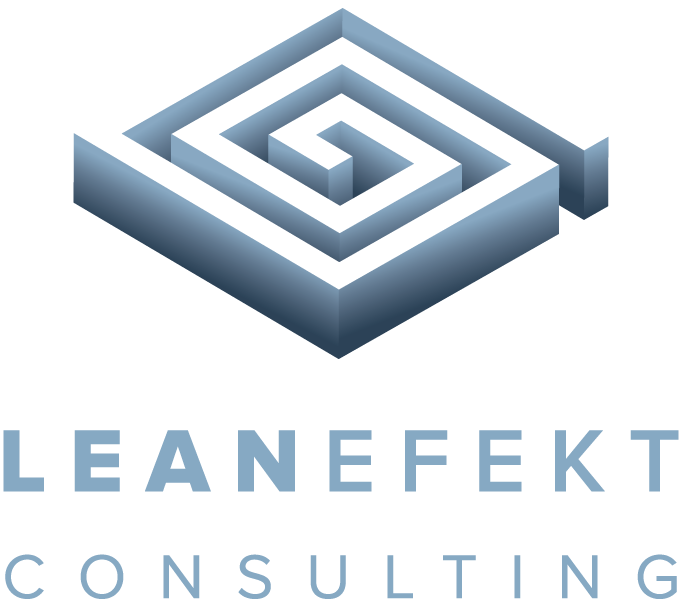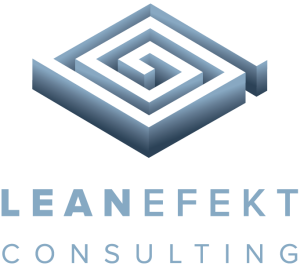The rapid switching of production from one type of product to another is essential for reducing overall downtime and inventory and for greater flexibility of production capacity. Production, technology, quality and maintenance participate organizationally in this process.
Example
The factory has ten machines and an average of three products are changed per day. The time from the last correct product to the first correct product is 3.5 hours (“shoot to shoot” time). If the factory operates 24/7, the time you spend annually switching from one type of product to another is 4,047 hours or 16.8 days. By applying SMED, you reduced changes by only 15%, which means that you reduced losses from 16.8 to 12.6 days annually. So you got 4 more days for production.
What exactly is SMED?
The abbreviation SMED refers to Single Minute Exchange of Dies. According to this theory, the tool change itself should take place within 10 minutes (single digit).
How to reduce changeover time?
It is crucial to keep records of the total duration of the change, which should be divided into phases. Typically, these stages are stopping production, preparation, removing and placing the tool on the machine, heating the tool, starting production, and getting the first correct piece. Each change must be monitored so that we have the targeted and achieved time of each individual phase. This way of monitoring gives us a detailed insight into every tool change. This is the basis of any analysis. In this process we have internal and external processes. Internal processes are those that require stopping the machine, and consist of stopping the machine, removing the tool, setting the tool, and getting the first correct piece. External processes take place while the machine is working, consisting of tool preparation and tool heating. It is a common mistake to have external processes run when production stops. For example, we stop the machine and only then bring the tool to it, or even worse, only then prepare the tool. Poor coordination between services can result, for example, in the fact that a tool is installed, but no one is informed about it. Through our webinars or live, we will be happy to provide you with detailed knowledge and explain what are the best practices in these processes.



